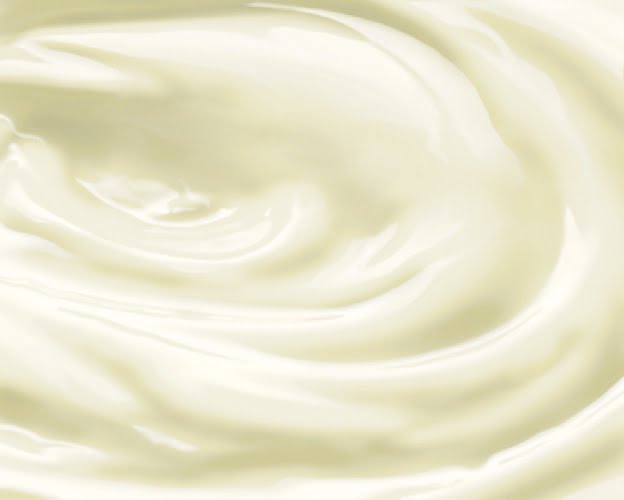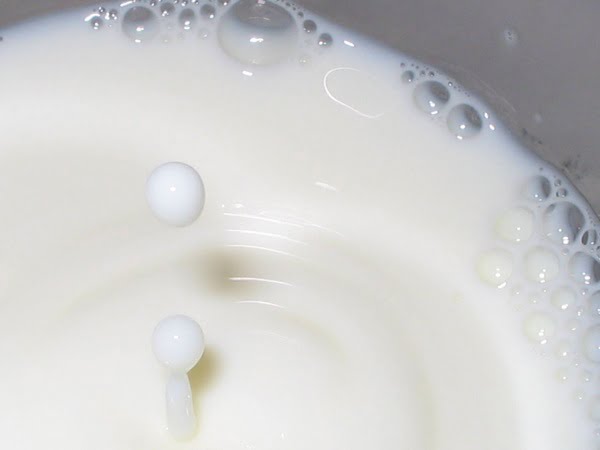SingaporeMotherhood | Parenting
August 2011
Breastfeeding: The Latch

Upon beginning your breastfeeding journey, you’ll start to hear the words ‘latch’ and ‘latching’ a lot. They have nothing to do with locks and bolts. However, you will soon find that getting the right latch is the key to successful breastfeeding.
When your baby is properly latched on to the breast, he is able to receive and remove milk well. This well-manoeuvred transfer between mother and baby has other benefits too. As Wong Lai Ying, a Lactation Consultant at the Department of Obstetrics & Gynaecology, National University Hospital confirms, “Effective removal of milk is crucial for milk transfer from breast to baby, as well as regulating and maintaining the milk supply.”
[banner][/banner]
It’s easy to know when baby is properly latched on. You can feel him tugging on and drawing the nipple forward when he suckles. You can heat him swallowing rhythmically, and more often during letdown. You’re both gazing lovingly at each other and, as Jessica, a stay-at-home mum of two who breastfed both her children for at least two years each describes, “It’s bliss! You start off feeling like a cow at first, but gradually, once everything falls into place, it’s the most amazing experience.”
Similarly, you’ll know immediately if the latch is not correct: there will be a pinching sensation and pain on your nipple when baby suckles. Trust me, it’s painful. Enlist help from the nurses and the lactation consultants in hospital after you have given birth, and before you go home. Ask for help to perfect baby’s latch. Ms Wong offers more tips for a good latch below.
What are the best positions to get a good latch?
It is easier for your baby to latch on when you are sitting up, rather than lying down. Get yourself comfortable with extra pillows if necessary, stay relaxed, and make sure that your back is well supported so that your body is not bent forward.
Your baby’s body should be:
• Aligned (his ear, shoulder and hip in a straight line)
• Close to your body so that he is brought to your breast; you do not move your breast to his mouth
• Supported at the head, neck and shoulders
• Facing the breast with his nose to the nipple
Baby has a good latch when:
• His mouth is wide open
• His lower lip is turned out
• His chin is touching the breast or nearly so
• More of the areola (the area of brown skin surrounding the breast) is visible above baby’s mouth than below.
• While feeding, he sucks deeply and slowly. His cheeks are full and not drawn inward. You may see or hear him swallowing, and you do not feel any pain on the nipple.
Baby does not have a good latch when:
• His mouth not wide open, but pursed on the nipple
• His lower lip is pointing forward and (may be) turned inward
• His chin is pointing away from the breast
• More of the areola (area of brown skin surrounding the breast) is seen below his mouth or you might see equal amounts of the areola above and below his mouth
• He sucks rapidly with cheeks that are drawn in and makes smacking or clicking sounds, and you feel pinching and pain on the nipple.
What problems could arise from an incorrect latch?
• Sore nipples
• You may experience pain (which will affect let-down)
• Your milk supply will be affected
• Milk transfer to baby will be affected
• It could lead to engorgement and infection
Are there any physical problems that may make it hard for my baby to latch on? Most babies can latch onto the breast; however, some babies do need time to learn. Physical problems such as cleft palate or a severe tongue-tie may cause latching difficulties.
What can I do if my newborn refuses to latch?
There are many reasons why baby refuses to latch. You should find out the cause and address it. Do not force the baby on the breast; instead, place baby skin-to-skin on your chest to calm him down, and guide him to the breast when he is settled and ready to suckle. Do seek help if you are not able to get your baby to feed.
++ Ready to raise the white flag? Don’t give up yet! Find out where you can get help with breastfeeding here.
All content from this article, including images, cannot be reproduced without credits or written permission from SingaporeMotherhood.
Follow us on Facebook, Instagram, and Telegram for the latest article and promotion updates.






